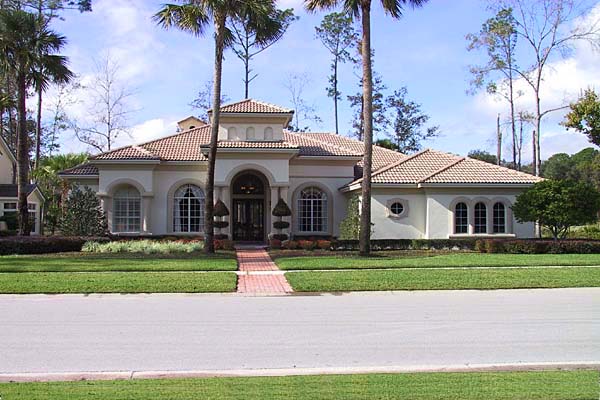SETBACK REQUIREMENT(S)
Navigating Setback Requirements in Real Estate: Balancing Space and Development
Introduction:
Defining Setback Requirements:
Setback requirements serve as a zoning regulation that establishes the minimum distance between a structure, such as a building, and the street or property boundary. The purpose is to ensure a harmonious and organized arrangement of buildings within a community, promoting safety, aesthetics, and urban planning objectives. These requirements may vary based on the zoning regulations of a particular area, reflecting the vision and goals of local authorities.
Key Components of Setback Requirements:
Distance from Property Line or Street:
Setback requirements specify the minimum distance that structures must be set back from either the property line or the street. This distance varies based on the zoning category assigned to the area.
Permanent Improvements:
Setback requirements typically apply to permanent improvements, such as buildings, fences, or other structures. They aim to create a visually cohesive and safe environment.
Public and Private Imposition:
Setback requirements can be imposed through public mechanisms, such as zoning ordinances enacted by local governments. Alternatively, they may be privately imposed through deed restrictions or covenants established by property developers or homeowners' associations.
Aesthetic Considerations:
Setback requirements play a crucial role in shaping the visual appeal of neighborhoods and communities. By preventing structures from encroaching too closely to property lines or streets, setback regulations contribute to a more pleasing and organized streetscape.
The Impact of Setback Requirements:
Safety and Access:
Setback requirements contribute to safety by ensuring adequate space for emergency access and firefighting. They prevent overcrowding of structures near streets and property boundaries, facilitating efficient emergency response.
Aesthetics and Streetscape:
Setback regulations enhance the aesthetics of neighborhoods by creating a sense of openness and order. Consistent setbacks contribute to a visually pleasing streetscape and help define the character of a community.
Privacy and Sunlight:
Setbacks contribute to privacy by preventing buildings from being too close to property lines, minimizing the potential for overlooking neighboring properties. Additionally, setbacks can protect access to sunlight for adjacent properties, particularly in residential areas.
Community Planning Goals:
Setback requirements align with broader community planning goals. They support the creation of pedestrian-friendly environments, preserve green spaces, and contribute to a well-designed urban landscape.
Community Planning Goals:
Setback requirements align with broader community planning goals. They support the creation of pedestrian-friendly environments, preserve green spaces, and contribute to a well-designed urban landscape.
Navigating Setback Requirements:
Understanding Local Zoning Regulations:
Property developers and homeowners should be well-versed in local zoning regulations to understand the specific setback requirements applicable to their area. Zoning codes are typically available through municipal planning offices.
Professional Guidance:
Seeking professional guidance from architects, planners, or legal experts can provide valuable insights into how setback requirements may impact a development project. Professionals can help ensure compliance with local regulations and navigate any variances or exceptions that may be available.
Community Engagement:
In cases where setback requirements are subject to change or variance, community engagement and communication with local planning authorities can be beneficial. Participation in public hearings or discussions can provide insights into the intentions behind setback regulations and potential avenues for adjustments.
Conclusion:
Setback requirements play a pivotal role in shaping the built environment and fostering the goals of urban planning. As a key element of zoning regulations, setbacks contribute to safety, aesthetics, and community cohesion. By understanding and navigating setback requirements, property developers and homeowners can contribute to the creation of vibrant, well-planned communities that balance the needs of individual properties with the broader objectives of urban development.
MORE REAL ESTATE TERMS
A, B, C, D, E, F, G, H, I, J, K, L, M, N, O, P, Q, R, S, T, U, V, W, X, Y, Z
Featured New Home

Featured Mortgage Brokers
- Harvard Mortgage, mortgage broker in Albuquerque, NM
9551 Paseo del Norte NE
Albuquerque, NM 87122 - BancOhio Financial, mortgage broker in Powell, OH
285 S Liberty St
Powell, OH 43065 - Priority Mortgage Corp., mortgage broker in Worthington, OH
150 E Wilson Bridge Rd Ste 350
Worthington, OH 43085 - MOVEMENT MORTGAGE LLC, RICHMOND, VA
5014 MONUMENT AVE
RICHMOND, VA 23230 - PRIMELENDING A PLAINSCAPITAL COMPANY, GLEN ALLEN, VA
4198 COX RD STE 113
GLEN ALLEN, VA 23060